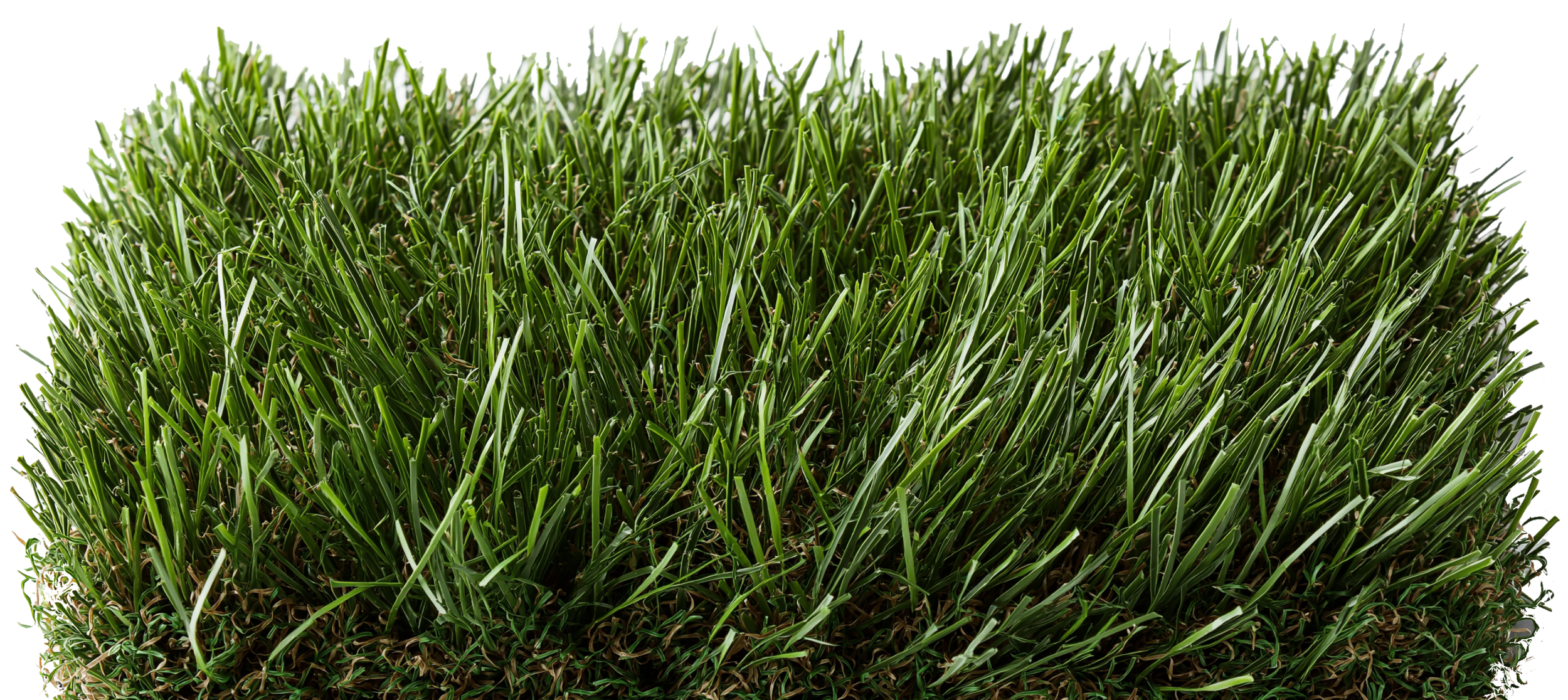5 Reasons Why Artificial Grass Can Surprisingly Be More Eco-Friendly Than Natural Turf
Artificial Grass Sydney | LuxLawns
At Afforest Group, we’re firm believers in natural systems and sustainable landscaping. As a Sydney-based authority in regenerative design, we’ll always advocate for native plants, water-wise gardens, and thoughtful use of resources. And yes—we love real grass when it suits the site, the soil, and the lifestyle.
But the truth is, not every home is suited to a natural turf lawn, especially in Australia’s dry, urban environments where rainfall is unpredictable and block sizes are shrinking. In those cases, artificial grass might surprisingly be the more eco-conscious choice—and here’s why.
1. Natural Turf Lawns Aren’t Native to Australia
Let’s start with the obvious: the traditional lush green lawn is an imported idea. The grass species most commonly used in Australian suburban lawns—like couch, kikuyu, or buffalo—were introduced from Africa or Europe, where the climate is vastly different.
They require constant intervention to survive in our dry and salty soils, often at the expense of native biodiversity. Synthetic turf doesn’t compete with native species and doesn’t spread, making it a less invasive option for low-maintenance yards.
2. Real Grass Lawns Consume Massive Amounts of Water
According to the Smart Approved WaterMark, the average lawn in Australia uses up to 90,000 litres of water per year to stay green—that’s around 250 litres per day.
Unless you’re using captured rainwater or recycled greywater, maintaining a lawn often relies on mains water—an increasingly scarce resource, especially in drought-prone cities like Sydney. Artificial grass, by contrast, requires no irrigation once installed.
3. Pesticides and Fertilisers Pollute Our Waterways
Most homeowners don’t grow natural turf organically. To keep it looking good, many rely on:
Chemical fertilisers
Herbicides
Insecticides
Fungicides
These chemicals often leach into stormwater drains, contaminating rivers, wetlands, and groundwater systems. Artificial turf requires none of these toxins—and therefore contributes less to local chemical runoff.
4. Mowing Burns Fuel and Releases CO₂
Australians love their weekend mow, but few realise how environmentally costly it is. A petrol-powered mower emits around 4.7 kilograms of CO₂ per hour, according to the EPA.
Over a year, mowing an average lawn can release over 80 kg of CO₂, not to mention the noise pollution and particulate matter. Artificial grass doesn’t grow—so it doesn’t need mowing.
8. Many Modern Synthetic Grass Surfaces Are Now Made Sustainably
Artificial grass has come a long way. Today, many premium synthetic turf products are made using renewable base materials like corn oil, recycled plastics, and hybrid natural fibres. These innovations dramatically reduce the environmental impact of production.
Better still, quality synthetic turf can now be fully recycled at the end of its life—typically after 20+ years of use. That means less landfill, fewer resources wasted, and a full-circle solution that aligns with circular economy principles.
In Summary: Choose Wisely, Not Ideologically
At Afforest Group, we’ll always favour native, self-sustaining, water-efficient landscapes where possible. But we also know that sustainability means choosing the right solution for each site.
If you can grow a healthy lawn using rainwater tanks, no chemicals, and manual tools—we salute you. But if you’re draining thousands of litres a year, applying synthetic fertilisers, and firing up a two-stroke mower every weekend just to keep grass alive? It may be time to reconsider.
In many cases, artificial grass is actually the more eco-friendly choice—especially in small yards, rental properties, or water-restricted zones.
If you’re curious about sustainable alternatives for your outdoor space—get in touch with Afforest Group. We’ll help you weigh up the best solution for your home, your lifestyle, and the earth.
Check out our Artificial Grass products here - https://www.afforestgroup.com/artificial-grass

